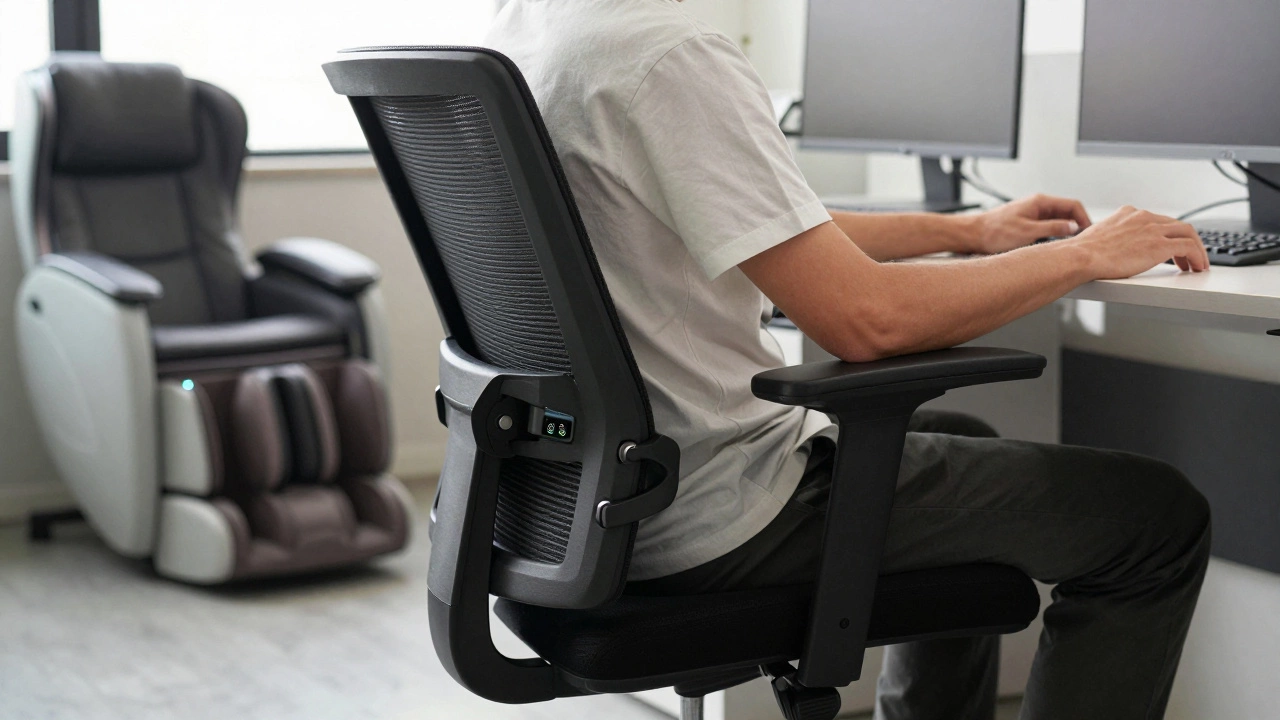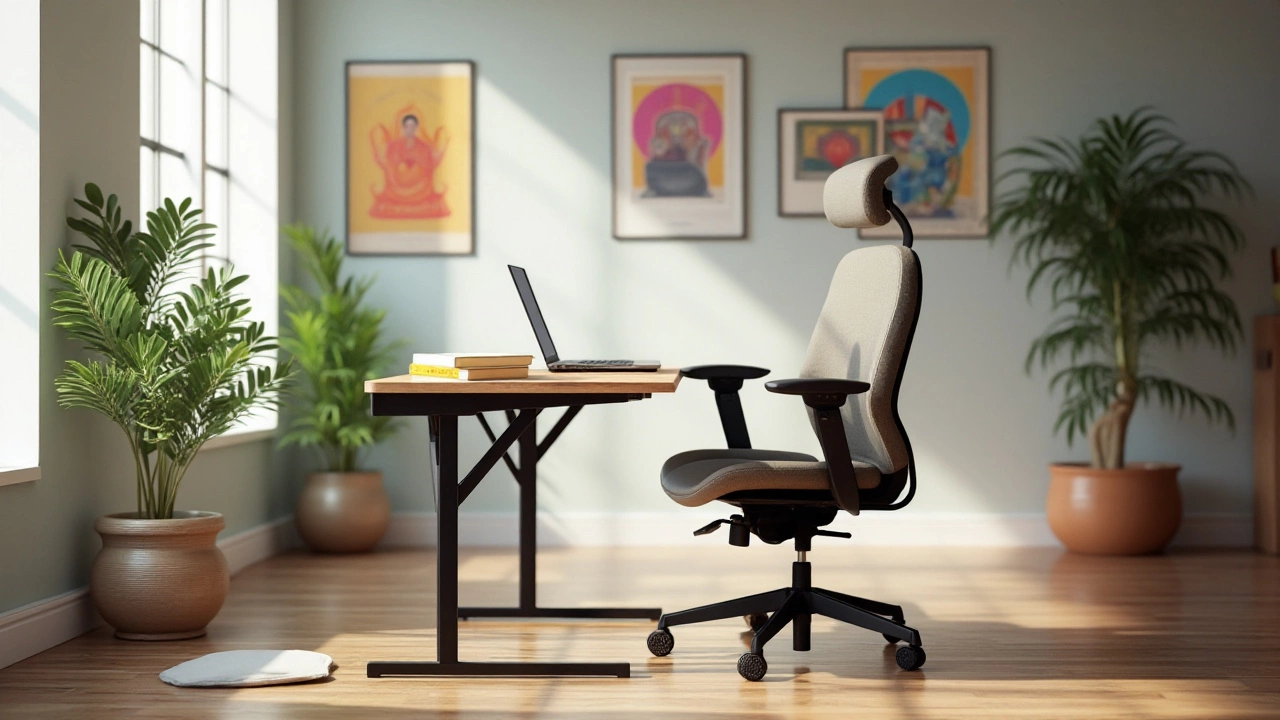Ergonomic Seating: Comfort Meets Support
Ever feel sore after a few hours on the couch or at your desk? Chances are your seating isn’t giving your body the support it needs. Ergonomic seating isn’t just a buzzword – it’s the key to staying relaxed and avoiding aches while you watch TV, work, or unwind.
Why Ergonomic Seating Matters
Good ergonomics keep your spine in a neutral position, which means less strain on your lower back and neck. When a sofa or chair follows the natural curve of your body, you’ll notice fewer tension headaches and tighter shoulders. It also helps you stay alert; a supportive seat reduces the urge to slouch and fall asleep during a movie marathon.
Research shows that proper seating can improve circulation and even boost productivity. Think about it: if your chair cradles your hips and aligns your knees, blood flows smoother and you feel more energetic. The same principle applies to a couch – a firm, well‑shaped cushion distributes weight evenly, so you don’t wake up with numb legs after a long binge‑watch session.
How to Choose the Right Ergonomic Sofa or Chair
Start by checking the seat depth. You want enough room to sit back comfortably, but not so deep that you can’t reach the backrest with your feet flat on the floor. A good rule of thumb is to leave about 2‑3 inches between the edge of the seat and the back of your knees.
Next, look at the lumbar support. Many modern sofas have built‑in curves or removable cushions that hug the lower back. If you’re shopping for an office chair, adjust the lumbar dial until you feel a gentle pressure in the small of your back – that’s the sweet spot for spinal health.Adjustability is a win‑win. A chair with height, tilt, and arm‑rest adjustments lets you tailor the fit to your body. For sofas, choose models with removable or replaceable cushions so you can keep firmness consistent over time.
Materials matter too. Breathable fabrics like linen or performance blends keep you cool, while a firm foam core offers lasting support. Avoid overly soft “bean‑bag” style sofas if you plan to sit for long stretches; they tend to flatten and lose support fast.
Finally, test it out. Sit for at least five minutes, lean back, and shift your weight. Do you feel stable? Does the seat feel too hard or too saggy? A quick test can save you money and headaches later.
By paying attention to depth, lumbar support, adjustability, and material, you’ll pick a piece that feels custom‑made for you. And remember, a well‑chosen ergonomic seat not only feels good now but also protects you from future back problems.
Ready to upgrade? Scan our collection of sofas, recliners, and office chairs that blend style with ergonomics. Your back will thank you, and you’ll enjoy every moment you spend sitting.
What Is the 80/20 Rule Strategy for Office Chairs?
The 80/20 rule for office chairs means 80% of comfort comes from just 5 key features: lumbar support, seat depth, armrests, height adjustment, and a stable base. Skip the extras and focus on these to save money and protect your back.
Office Chair Alternatives: What Can You Use Instead?
Tired of your usual office chair? There are plenty of practical and surprisingly comfy options out there that can replace it. This article checks out different alternatives, from standing desks to active seating like balance balls and kneeling chairs. You'll get real tips, pros and cons, and what to look for so your back—and your focus—won't suffer. Find new ways to work that actually fit your body and your daily routine.
What Happens if Your Office Chair is Too High?
Sitting in an office chair that's too high might seem like a minor discomfort, but it can cause a range of issues. From poor posture leading to back and neck pain to reduced productivity due to discomfort, the impact is more significant than one might think. Finding the perfect chair height can make a huge difference in your workday comfort and overall health.
Office Chair vs. Desk Chair: Key Differences Explained
An office chair and a desk chair may seem interchangeable, but they serve distinct purposes in the workspace. Office chairs are designed with ergonomics in mind, offering support for longer hours, while desk chairs are often simpler, catering to shorter sitting times. This article explores their unique characteristics, highlighting aspects like adjustability and comfort. Understanding these differences can enhance your workspace setup for improved productivity and well-being.
Finding the Ideal Office Chair Height: A Guide to Comfort and Productivity
Choosing the right office chair height is crucial for comfort and efficiency at work. This article explores the impact of chair height on posture, circulation, and concentration. It delves into ergonomic principles to help you determine the optimal chair height for your physical needs. Practical tips and adjustments to improve your workspace setup are also discussed.









